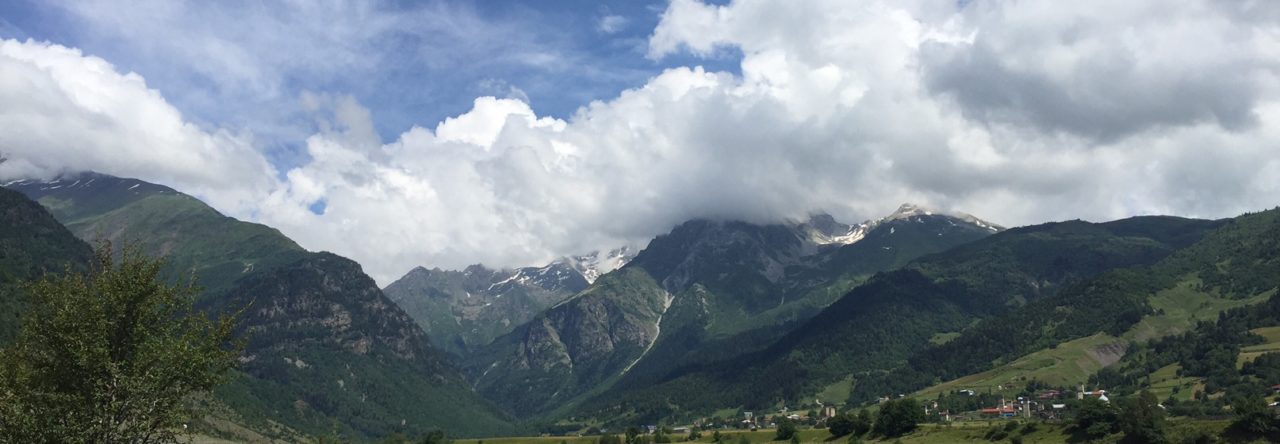
On Explosions
“Tis laid all these Islands role from the bottom of the Sea. What a rather frightful sight to see he teeming Earth bring forth such unwieldy dens! What prodigious force must there needs be, to move ’em, displace ’em, and lift ’em above the Water! No wonder the Port of Santorin has no bottom: the Hollow whence that Island issued, must by mechanical Necessity at the same time be occupy’d by a like Bulk of Water. What Shocks, what Concussions must have been excited in the Neighbourhood of it, when this Abyss all of a sudden fill’d it self up again!”
-Joseph Pitton de Tournefort, A Voyage Into the Levant…3v., 1741. From Travels in the Southern Cyclades, ed. John L. Tomkinson, 2013.
Hey our man Pitton de Tournefort may have been a bit overexcited but there is no question that Santorini’s history is marked by some fairly incredible geological incidents. The Minoan Eruption of Thera of approximately 1600 BC was one of the largest volcanic events in history. The Theran volcano produced four times as much ash as the Krakatoa eruption of the 19th century and caused a tsunami that may have been as high as 150 meters, devastating the eastern half of Crete; the 2011 tsunami that led to the Fukushima nuclear disaster in Japan, which was caused by the largest earthquake ever recorded in that country, led to waves of only 40 meters. The explosion blew Earth off of its axis and is theorized by some academics to have led to or contributed to the downfall of Minoan civilization. The effect on the atmosphere was enormous; tree rings from as far as California register a significant climatic event from 1628 BC. The explosion ripped the island into pieces, creating a horseshoe-shaped main island, Santorini (or Thira) and a smaller second island, Thirasia. Subsequent volcanic events created the islands of Palea (Old) and Nea (New) Kameni; the former appearing as if a rocky, greenish lump of western Ireland had been dropped in the Aegean, its younger brother naught more than a barren lump of black stones. Pitton De Tournfort describes the eruption leading to the formation of Nea Kameni thus: “a prodigious quantity of Pumice-Stones was seen to arise from the Port of Santorin; that they ascended from the bottom of the Sea with such noise and impetuosity, tha one would have thought ’em to be the Bursts of Cannon. At Scio, above 200 miles from the place, they fancy’d the Venetian Army was fighting the Turks.”

The “Black Island,” Nea Kameni
